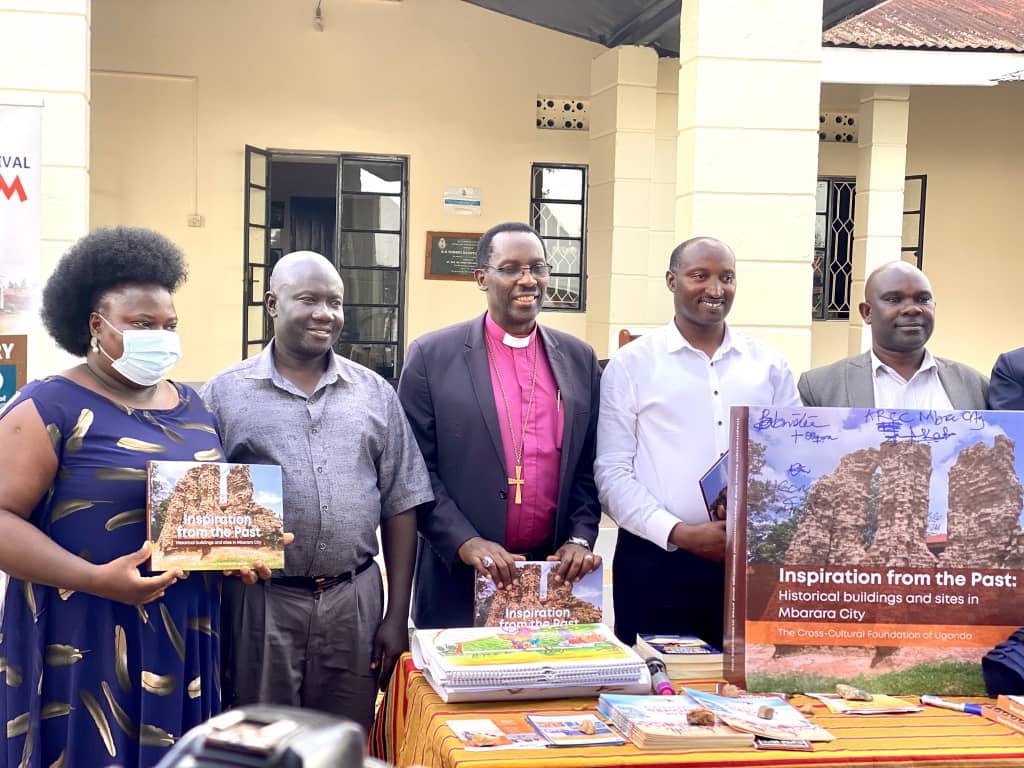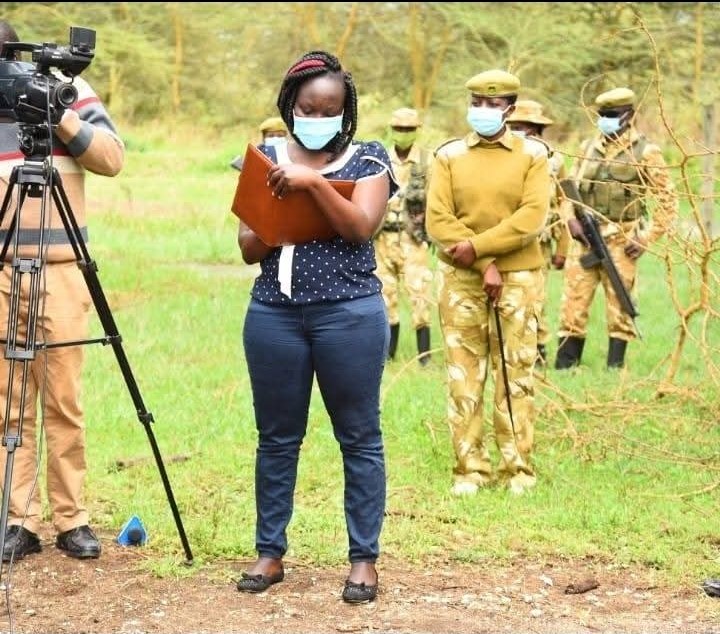For years, Asa Reza has been growing tobacco as a source of income.
Growing up in Nyamakate community in Hurungwe , southwest of Zimbabwe’s capital, Harare, Reza plants 4 hectares of tobacco each year and uses firewood for curing.
“Per hectare, I need around ten big trees or more because every barn requires at least two huge trees,” said Reza, a 53-year old father of 8.
Reza is among thousands of tobacco farmers who have been relying on it as a source of income.
Over the years, Zimbabwe has witnessed a growing number of small-scale tobacco farmers with tenfolds.
In 2000, the country had an overall total of 8 200 tobacco farmers while for the 2025/2026 season the Tobacco Industry and Marketing Board (TIMB) recently reported that it has registered 103,700 farmers.
Nyamakate is one of the areas with high reliance on tobacco farming as the main source of income.
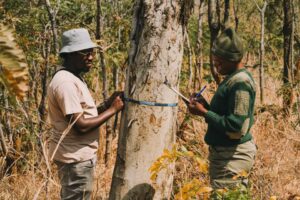
However, the severe cutting of trees to cure tobacco in this community has led to deforestation as farmers haven’t yet adapted to renewable energy trends, heightening the impacts of climate change and environmental degradation in Zimbabwe.
“We are now running out of trees in our community, to the extent that we are now buying from companies that sell eucalyptus firewood,” Reza told Africa Feature Network (AFN).
Despite the community sharing boundaries with two protected areas namely Hurungwe and Charara Safari Areas, the risks of human- wildlife conflicts, decreased biodiversity and habitat loss are being experienced by villagers.
In response Nyaradzo Hoto, a Biodiversity Supervisor at Akashinga – an all-female rangers organisation – is leading a team of rangers in a tree nursery initiative with replenish the forests along the boundaries with protected areas since 2023.
Growing up in Nyamakate, Hoto is a first-hand witness of how habitat destruction impacts wildlife and community livelihoods.
“This tree nursery is more than just planting trees, it is about restoring balance between people and nature, empowering communities, and securing a sustainable future,” Hoto told AFN in an interview. “I was inspired by the urgent need to combat deforestation, land degradation, and biodiversity loss, which are critical challenges in Zimbabwe.”
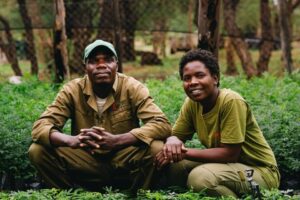
Hoto is collaborating with communities surrounding the protected area.
To date the team has planted over 3 000 indigenous trees with a goal to reach 100 000 by the end of 2026 while currently 22 000 seedlings are being monitored at the nursery.
Apart from Akashinga team members, the initiative directly employed two community members who assist in planting, watering and monitoring.
Additionally, three villages located near the area are supplying seeds for the nursery at US $3 per kg, promoting community engagement in restoring the the ecosystem.
“These communities are directly impacted by human-wildlife interactions, making their involvement crucial and the number of members engaged in the project is growing as awareness and participation increase,” said Hoto.
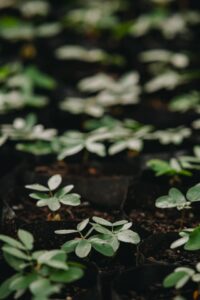
Hoto and her team’s efforts resonate with the calls for action to fight climate change, as the country is experiencing a huge loss due to the high demand of firewood in different activities.
Statistics reveal that Zimbabwe is losing an estimated 330,000 hectares of forest each year, and its deforestation rate is the highest in the world.
The above figures highlight a need for sustainable forest management practices to balance environmental protection, climate change and economic development.
“Establishing this nursery is a proactive solution to replenish forests, enhance biodiversity, and build climate resilience,” said Hoto.
While environmental experts like Wellington Madumira commended reforestation initiatives saying ” these programs have raised awareness, promoted agroforestry, and provided fruit and shade trees for communities.”
Madumira, who is also the National Coordinator for Climate Action Network Zimbabwe (CAN ZIM) said the country needs an integrated approach to tackle deforestation as experts argue that tree planting alone cannot adequately replenish forests.
“Protecting existing woodlands, establishing community woodlots for energy and timber, and promoting clean energy alternatives are more effective ways to reduce pressure on natural forests,” he said. ” At the same time, ensuring that planted seedlings survive for several years, choosing the right indigenous species, and linking tree planting to livelihoods such as beekeeping and fruit production can make restoration efforts more sustainable.”
His sentiments align well with Hoto’s initiative which primarily focuses on native species such as acacia trees and baobab due to their ecological benefits to the ecosystem.
Never Bonde, a National Tree Ambassador echoed Madumira’s sentiments saying the government should enforce laws that promote tree planting and protect the forests
“The country needs to learn from other countries like China where school children are required to bring trees when they start school, so in Zimbabwe it can be implemented that every child even from Early Child Development (ECD)can bring a tree to school,” said Bonde. “Let the government enforce the law that obliges citizens to plant trees everywhere, for instance in churches, schools and universities.”

